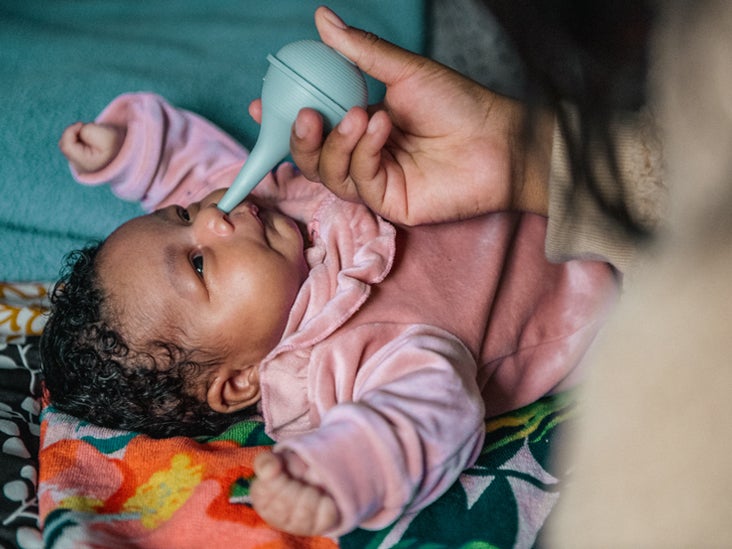
Read label instructions carefully and do not give more than is recommended.Ĭoughing helps clear mucus from the chest. Talk to your doctor or pharmacist before giving over-the-counter drugs to children under 12 years of age, or to anyone taking other medicines or with a chronic illness. ‘Over-the-counter’ cough and cold medicines (which don’t need a doctor’s prescription) should not be given to children younger than three years old unless prescribed by your doctor. If she doesn’t want to eat, offer plenty of fluids and small, nutritious meals. Keep your child as comfortable as possible. However, if it lasts for more than 10 to 14 days, contact your doctor. It’s common to have thick or discoloured (yellow, green) discharge from the nose with a cold. If your child is much more sleepy than usual, doesn’t want to feed or play, or is very cranky or fussy and cannot be comforted.

Although red eyes and watery discharge are common with a cold, pus is a sign of an eye infection and should be treated. If your child wakes in the morning with one or both eyes stuck shut with dried yellow pus. High fever (especially fever that begins several days after the start of a cold) These conditions need to be treated by a doctor.Ĭall your doctor if your child shows any sign of a middle ear infection, which can result from a cold. These can be signs of pneumonia (lung infection) or bronchiolitis (an infection of the tiny airways that lead to the lungs). Your child is breathing rapidly or seems to be working hard to breathe Ĭoughing is so bad that the child is choking or vomiting. Call your doctor or take your child to an emergency department if you notice any of the following signs: Has a fever (rectal temperature of 38.5☌ or higher).īabies and children of all ages should see a doctor if the cold seems to be causing more serious problems. Call your doctor or take your baby to an emergency department if your baby:

Droplets from the cough or sneeze may reach another child’s nose or mouth.īabies under 3 months of age have difficulty breathing through a blocked nose. Some cold viruses may be spread through the air when a child with a cold coughs or sneezes. These children then get infected when they touch their eyes, nose or mouth.Ĭaregivers can get viruses on their hands and spread them between children by touch. Cold viruses can live on objects for several hours and can be picked up on the hands of other children who touch the same object. When they touch other children, they pass on the viruses.Ĭhildren with colds get viruses on their hands and then touch an object, such as a toy or furniture. There is also a lot of contact between parents or caregivers and children: holding hands, picking up, feeding, changing diapers and so on.Ĭhildren with colds get viruses on their hands when they touch their runny noses or mouths or when they cough or sneeze. Because children touch their noses, eyes and mouths often, put things in their mouths, and touch each other often during play, cold germs spread easily.

The only reason to have a child’s immune system tested is if the colds often lead to more serious problems.Ĭold viruses are found in the nose and throat. It just means he’s exposed to many viruses. If a child gets many colds, it’s not a sign of a weak immune system. By the time they start school, children who attended daycare will have fewer colds than other children. Once you’ve had a cold virus, you become immune to that virus, so children get fewer colds as they get older. Children with older siblings and those who attend daycare have more colds. Young children have more colds than older children and adults because they haven’t built up immunity (defences) to the more than 100 different cold viruses that are around.Ĭhildren can catch colds from siblings, parents, other family members, playmates or caregivers. Colds tend to be more common in fall and winter when children are indoors and in closer contact with each other, so it may seem like your child has one cold after another all winter long. Young children get lots of colds, some as many as 8 to 10 each year before they turn 2 years old. A virus is a germ that makes people sick. The ‘common cold’ is caused by viruses that infect the nose, throat and sinuses.


 0 kommentar(er)
0 kommentar(er)
